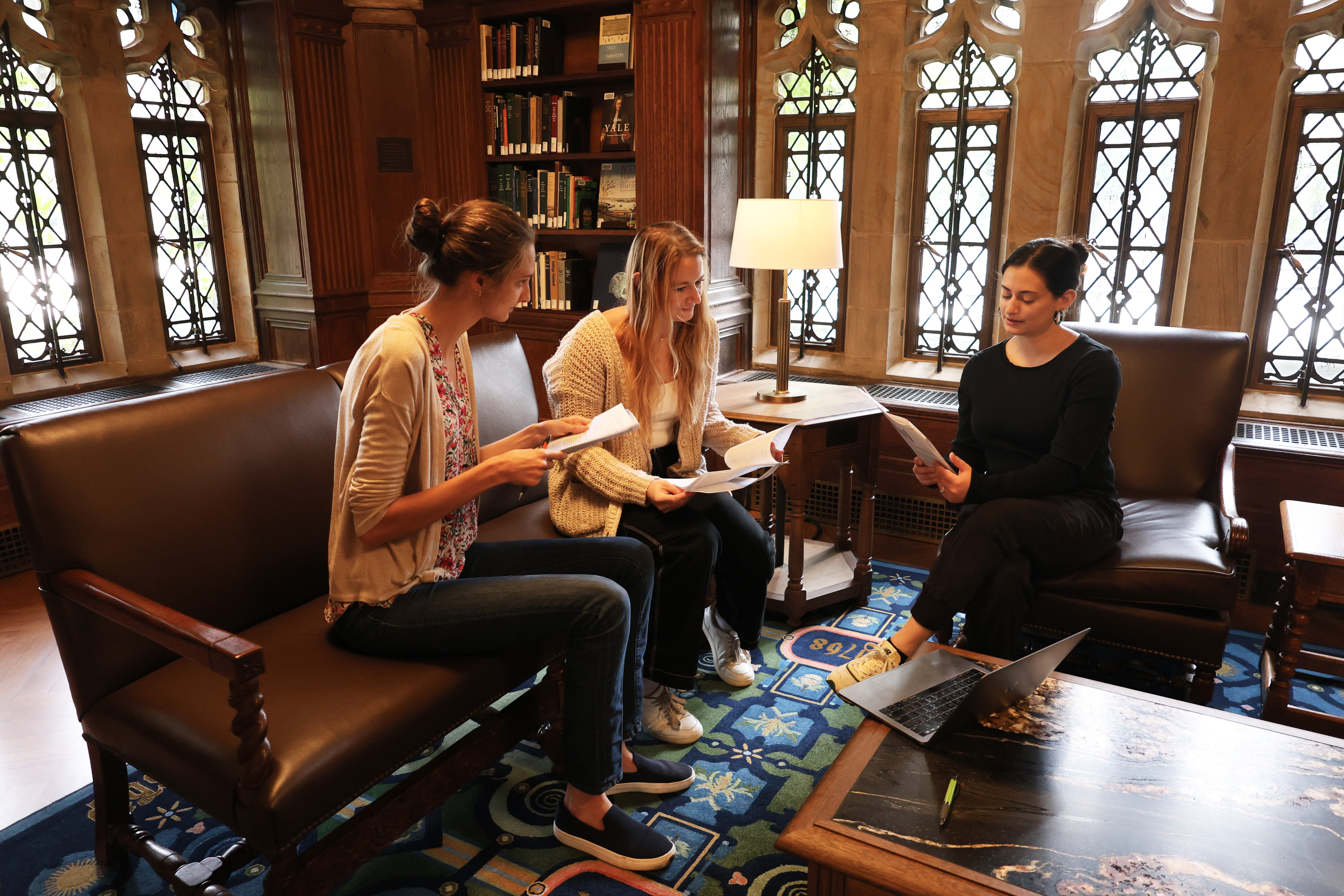At a Glance
- Collaborative learning, rooted in Vygotsky’s sociocultural theory, enhances conceptual understanding and public reasoning skills.
- Group work allows students to identify and address knowledge gaps, promoting higher-order thinking.
- More knowledgeable peers can scaffold others’ learning within group settings.
- Challenges include unequal participation and dominant group members limiting collaboration.
- Instructors should apply best practices early to support effective and equitable group work.
